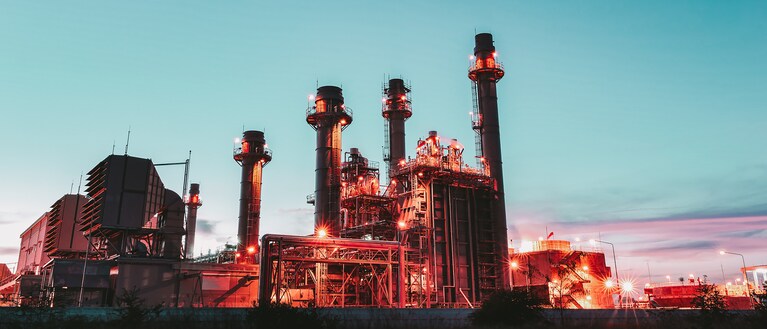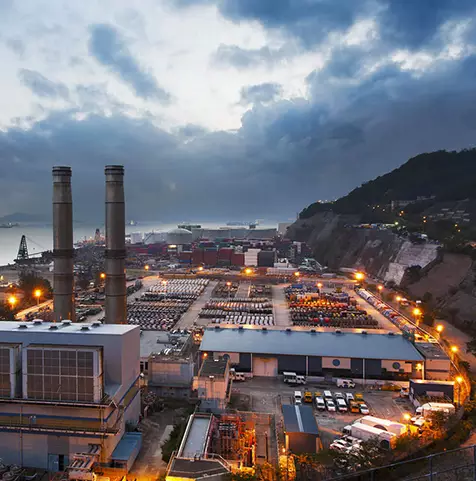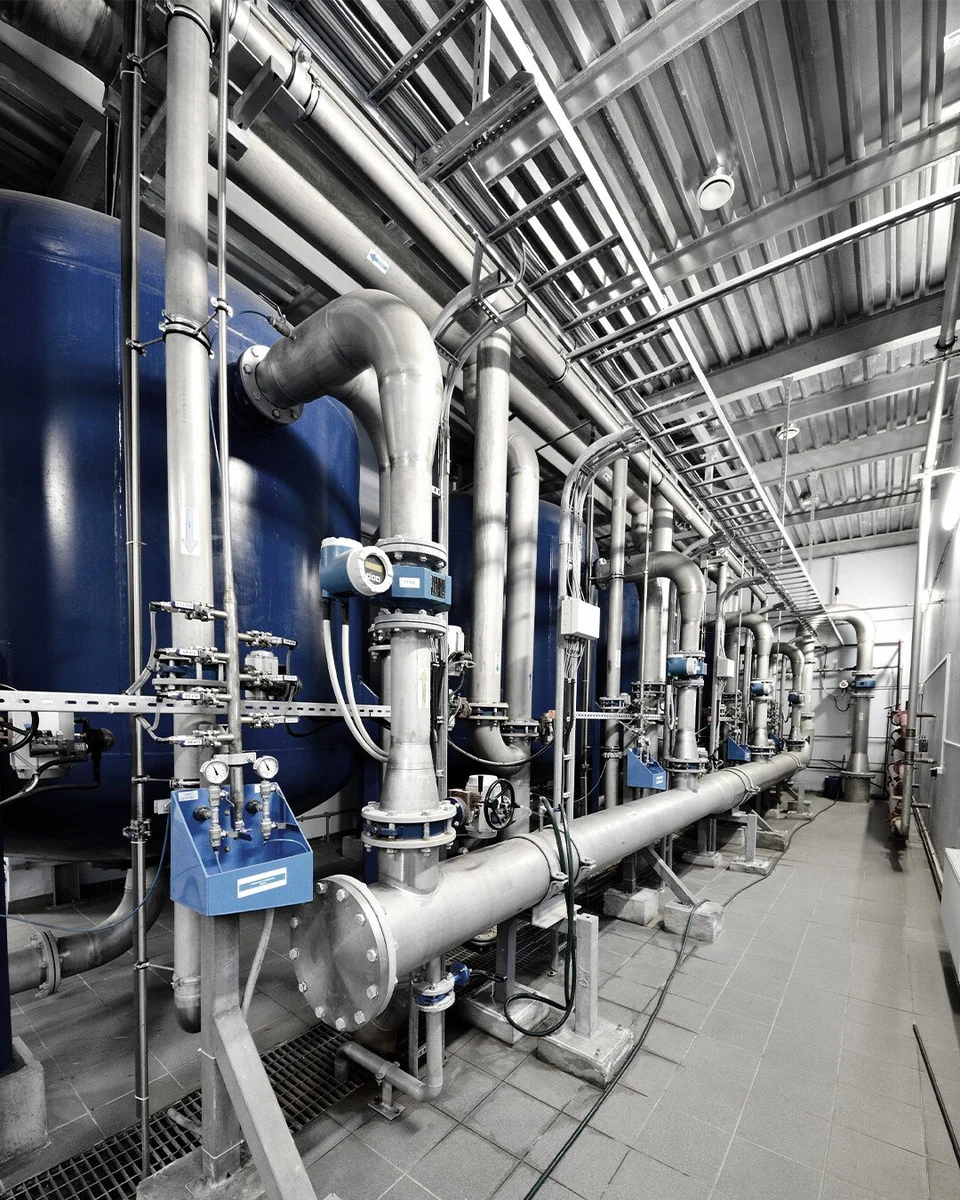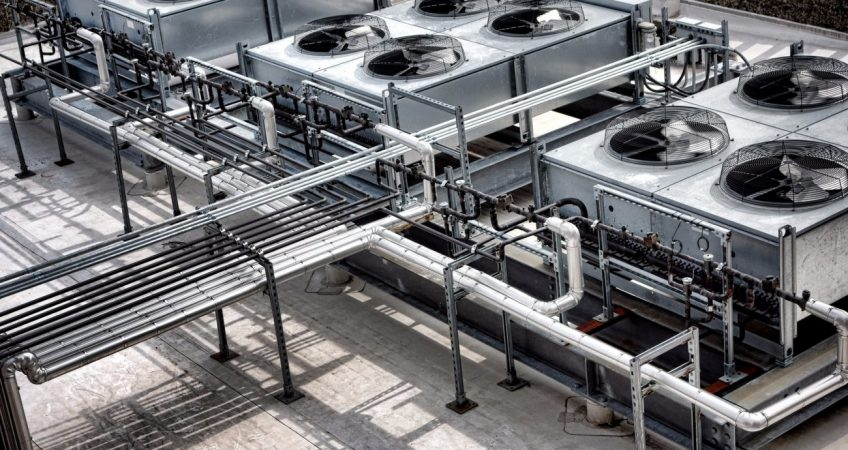Optimizing Industrial Thermal Management
In the complex landscape of modern industry, achieving optimal Heat transfer performance is a critical factor that directly impacts productivity, energy consumption, and profitability. From chemical processing to large-scale climate control, the ability to manage thermal energy effectively is paramount. This is where Finned tube heat exchangers emerge as a cornerstone technology. These precision-engineered components are designed to revolutionize thermal management by providing a highly efficient means of exchanging heat between a fluid, such as water or steam, and the surrounding air or another medium, setting a new standard for industrial operations.
Understanding Finned Pipe Technology
The simple yet ingenious principle behind Finned pipe technology is the radical expansion of the heat transfer surface area. A standard, smooth tube has a limited surface through which heat can pass. By helically winding or attaching a series of fins along the tube's exterior, the effective area for thermal exchange is magnified exponentially. This transformation creates Enhanced heat transfer tubing, capable of moving significantly more thermal energy in the same amount of space and time. The bond between the fin and the tube is critical for performance, ensuring an uninterrupted path for heat to travel. When constructed from high-quality stainless steel, these units not only excel in performance but also offer exceptional durability and corrosion resistance, guaranteeing a long service life even in harsh industrial atmospheres.
Boosting Heat Transfer Efficiency in Industrial Settings
The ultimate measure of any thermal component is its ability to improve Heat transfer efficiency. By facilitating a more rapid and complete exchange of energy, finned tube systems deliver substantial operational advantages. This heightened efficiency means that target temperatures are reached faster, requiring less fuel or electricity and reducing the overall cycle time of a process. For facilities with large-scale heating or cooling demands, this translates into significant savings on utility bills. The use of Industrial finned tubing is a direct investment in sustainability and cost control. It allows companies to optimize their energy usage, reduce their carbon footprint, and achieve a more stable, predictable, and cost-effective operational workflow, a crucial edge in today's competitive market.
Key Finned Tubing Applications
The adaptability of finned tubes allows them to be a solution in a vast array of scenarios, making their list of Finned tubing applications incredibly diverse. In commercial and industrial HVAC systems, they are the workhorses behind air handling units, providing the rapid heating and cooling necessary to maintain comfortable and controlled environments in large buildings. In the manufacturing sector, industrial drying ovens utilize them to apply consistent, high-volume heat for curing paints, drying textiles, or processing food products. Power plants and refineries use them for cooling critical fluids and recovering waste heat. This heat recovery application is particularly valuable, as it captures thermal energy that would otherwise be lost to the atmosphere and repurposes it, further boosting the facility's overall energy efficiency and contributing to a circular energy economy.
The Future of Industrial Heat Transfer Solutions
As industries globally push towards greater efficiency and environmental responsibility, the demand for sophisticated Industrial heat transfer solutions will intensify. Finned tube heat exchangers are perfectly positioned to meet this demand, offering a proven, reliable, and highly effective method for managing thermal energy. Their ability to deliver superior performance while reducing energy consumption makes them an indispensable asset for any modern industrial facility. By integrating this advanced technology, businesses can not only enhance their current processes but also build a more resilient, cost-effective, and sustainable operation prepared for the challenges of the future. It is a foundational technology for a smarter and more efficient industrial world.






